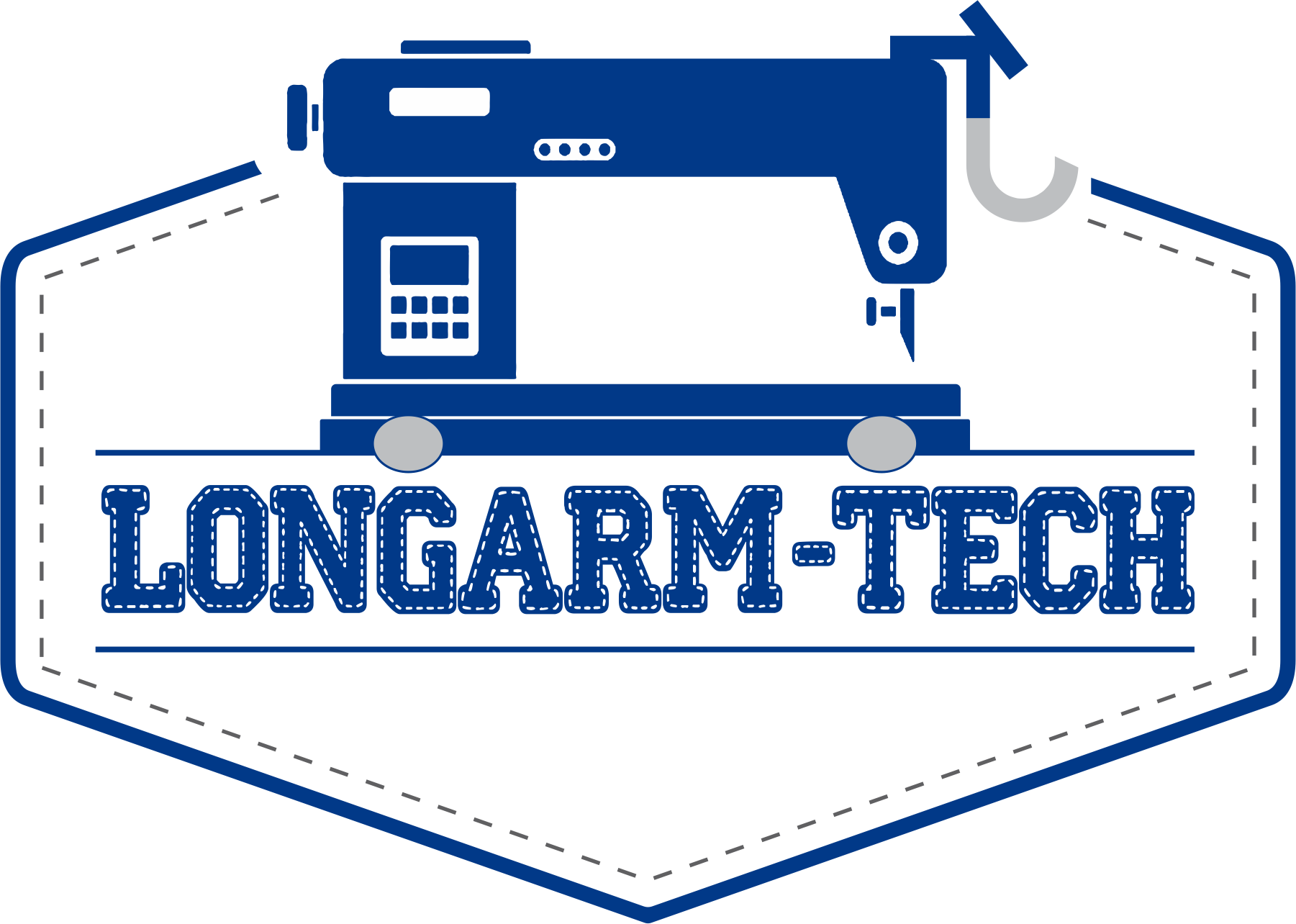When to Change Your Longarm Needle
Why (and when) does your needle need to be changed?
After a recent machine service standard testing of the stitch quality was done and though the stitch was good, the holes in the fabric were big and erratic. I asked the client when the needle had last been changed and she couldn't remember - a dozen or more quilts. We put in a new needle and you could barely tell where the needle hole was, and there was much less vibration of the quilt sandwich as the needle moved up and down through it.
That was the "what", now for the "why" - the first picture shows two needles - one is brand new and the second has ~100K stitches on it through normal quilt sandwiches (both are Groz-Beckert #16). Can't really see any difference with the phone camera, so break out the trusty endoscope:
The second photo shows the new needle - nice sharp point, smooth on all surfaces between the bottom of the eye and the tip, and ready to smoothly push the threads of the quilt sandwich aside to create the stitch.
The third photo shows the used needle - the arrow on the right shows a clear burr on one side of the needle point, and the bottom arrow shows there is no longer a point but a flat tip.
The fourth photo has less light and displays the damage more clearly.
The flat tip instead of a point makes it more difficult to separate the threads of the fabric forcing a larger disruption of the threads, and the burr can catch threads going both down and up further separating them and ultimately making the hole bigger and possibly even damaging the threads of the fabrics.
So....how can hardened steel be misshapen by soft fabric? Several possibilities, and not all have to do with the fabric. First, at top speed the needle is pounding down and up through the sandwich 30-50 times PER SECOND depending on which machine you have. The fabric is constantly moving relative to the needle allowing it to dissipate heat while the needle heats up from friction and becomes softer allowing deformation to occur. Secondly, a hard surface will be eroded away by a persistent soft surface - look at the steps at the courthouse or the rocks under a running stream or river.
The non-fabric situation where needle damage could occur is needle deflection from rapid operation, motion changes, sudden starts/stops causing the needle to bump into the face of the bobbin case or the hook.
So....when to change your needle? My wife and most of the quilters I work with replace after every quilt (assuming twin/queen/king) or after a couple of baby quilts or table runners OR when the needle holes become abnormally large or the sound of the needle going through the indicates dragging, or the quilt sandwich starts bouncing or hanging as the needle moves through it.
Now that we have "why" to go with the "what", keep replacement needles handy, and replace frequently to keep your quilting smooth and needle holes minimal.
Do you have questions on this topic or a suggestion for another one you are interested in?




